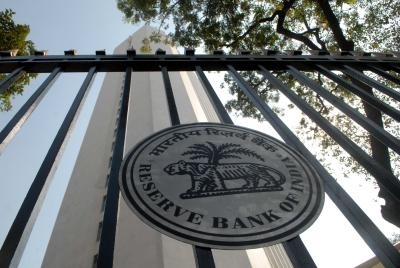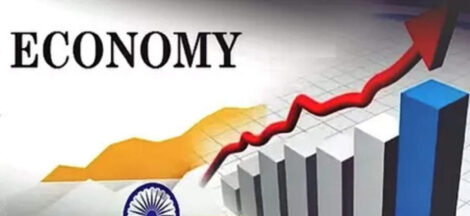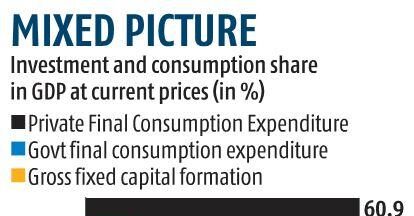MUMBAI: The Reserve Bank of India (RBI) is widely anticipated to shift its monetary policy stance from neutral to accommodative and cut the repo rate by 25 basis points (bps) at its monetary policy committee (MPC) meeting on April 9. This would signal the central bank’s increasing focus on bolstering economic growth amidst moderating inflation and global headwinds.
Tariffs imposed by the United States on Indian imports could dent growth, fueling hopes that the RBI may take additional measures to boost the economy.
The banking regulator had changed its monetary policy stance to “neutral” from “withdrawal of accommodation” in October last year. One of the primary drivers for the expected change in stance is the RBI’s desire to ensure effective transmission of its past and potential future rate cuts by banks.
Adopting an accommodative stance will send a message to banks that the regulator is comfortable with lower interest rates and ample liquidity. Easy liquidity conditions encourage banks to pass on the benefits of rate cuts to borrowers.
“RBI’s aggressive liquidity easing measures suggest a strong intent on ensuring smooth monetary transmission as it continues on its rate easing path,” said Upasna Bhardwaj, chief economist, Kotak Mahindra Bank. “Based on our estimates of muted FY2026 growth and a comfortable inflation trajectory, we continue to expect 25 bps of rate cuts each in the April and June policies, accompanied by a stance change to accommodative”.
As global risks remain, she expects room for an additional 25-50 bps of rate cuts if growth slowdown persists.
The RBI has already been actively managing liquidity in recent months. After experiencing a deficit in liquidity during January, February, and March 2025, the banking system has now moved into a surplus. RBI has taken a series of measures, including lowering Cash Reserve Ratio (CRR), daily variable rate repo, long-term repo auction, forex swaps and OMO purchases, to ease liquidity shortage.
This proactive liquidity management is seen as a precursor to a formal stance change, providing banks with the necessary funds to support increased lending at potentially lower rates. Liquidity surplus in the banking system breached 2 lakh crore last week and reached2.16 lakh crore on April 3, reflecting RBI’s comfort with maintaining easy liquidity conditions.
Adding to the rationale for a potential rate cut and stance change are concerns surrounding global economic growth.
The recent announcement of tariff hikes by the United States under Donald Trump has raised anxieties about a slowdown in global trade and economic activity. India’s growth prospects could be negatively impacted by such protectionist measures, prompting the RBI to consider preemptive easing to cushion the domestic economy.
Likely slowdown in growth due to US tariffs has also opened the door of an additional cut in repo rate. “We expect two consecutive rate cuts – one in April and second in June 2025 of 25 bps each. Beyond this, the possibility of another rate cut (later in the year) now emerges depending on how global headwinds pan out,” said Sakshi Gupta, principal economist, HDFC Bank.
RBI cut the repo rate by 25 basis points to 6.25% in February, which was its first in nearly five years. The domestic inflation scenario has provided the RBI with greater comfort to consider a shift towards accommodation. The Consumer Price Index (CPI) inflation has shown a moderating trend in recent months, falling within the RBI’s target band of 2-6%.
CPI inflation declined to a seven-month low of 3.61 per cent in February. Retail inflation has now averaged 3.9 per cent in the first quarter so far, below the RBI’s target of 4 per cent. This easing of inflationary pressures provides the central bank with more room to manoeuvre on the monetary policy front without the immediate threat of runaway inflation.
“We note policy easing across various fronts, which has been set into motion since February, as official growth estimates have aligned towards an anticipated slowdown in momentum. A strong move to boost liquidity suggests that the overall policy stance is clearly accommodative, with an eye on facilitating policy transmission,” said Radhika Rao, senior economist and executive director, DBS Bank.
While global uncertainties are high, she added that recovery is expected to broaden out on the back of tax relief announced in the recent Budget, a pick-up in real incomes as inflation ebbs, improved composition of exports, the government’s stepped-up capex disbursements, and early signs of stabilisation in urban demand.
Source: The Financial Express




 Protests In The US Show How A People’s Mass Movement Can Be Rebuilt
Protests In The US Show How A People’s Mass Movement Can Be Rebuilt 